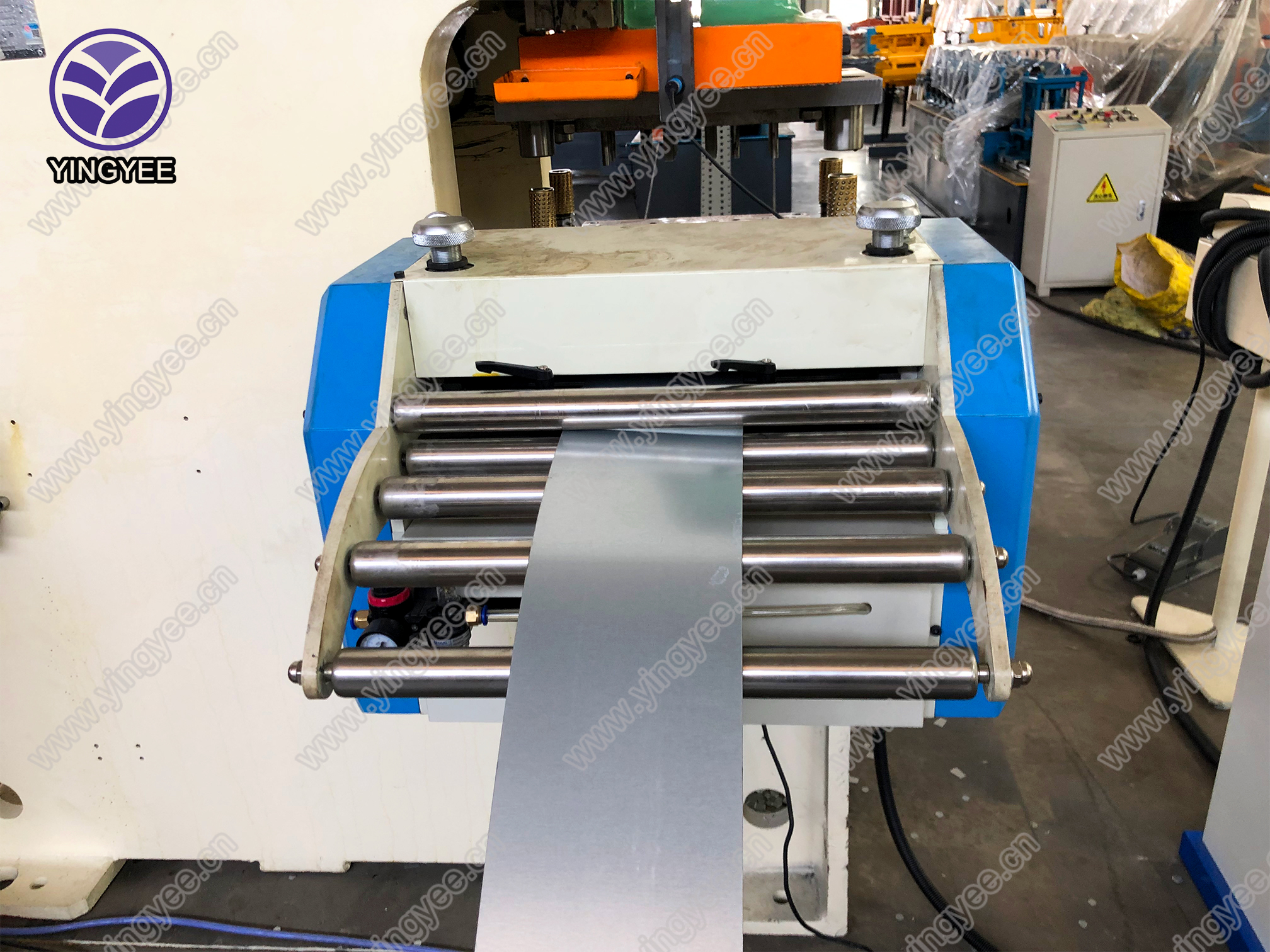
The Evolution and Importance of IBR Roof Machines
In the rapidly advancing world of construction and architecture, innovation has become a cornerstone of efficiency and sustainability. Among the various technological advancements, the introduction of IBR (Inverted Box Rib) roof machines has played a pivotal role in the construction industry, revolutionizing the way roofing materials are produced and installed.
Understanding IBR Roofing
IBR roofing sheets are characterized by their unique profile, which features a series of inverted box ribs that provide enhanced strength and durability. This design not only contributes to the structural integrity of the roofing material but also allows for effective water drainage, reducing the risk of leaks and water pooling. IBR sheets are typically made from galvanized steel, ensuring resistance to corrosion and weathering, making them ideal for various climates.
The Role of IBR Roof Machines
IBR roof machines are specialized equipment designed for the manufacturing of IBR roofing sheets. These machines operate by forming metal sheets into the desired IBR profile through a series of rollers. The process involves feeding metal coils into the machine, where they are precisely shaped, cut, and sometimes even pre-painted to enhance their aesthetic appeal and longevity.
The benefits of using IBR roof machines extend beyond the quality of the roofing sheets produced. They improve workflow efficiency and significantly reduce manufacturing time. The automation involved in these machines allows for consistent product quality while minimizing labor costs and errors commonplace in manual production processes. As construction projects often operate under stringent timelines, the speed and reliability of IBR roof machines have become invaluable to contractors and builders.
Versatile Applications

IBR roofing sheets produced by these machines are versatile and can be used in various applications. They are ideal for residential, commercial, and industrial buildings, providing not only roofing but also wall cladding solutions. Their lightweight nature reduces the structural load, and their interlocking design enhances stability and security against adverse weather conditions.
Additionally, IBR sheets can be easily customized in different colors and finishes, allowing architects and builders to achieve the desired aesthetic without compromising on functionality. This flexibility in design makes them a popular choice for modern architectural projects that prioritize both style and durability.
Sustainability and Future Prospects
As the world shifts towards more sustainable practices in construction, the importance of machines like the IBR roof machine becomes increasingly relevant. Many manufacturers are now focusing on using recyclable materials and sustainable production methods. The incorporation of energy-efficient technologies within these machines also helps minimize their ecological footprint.
The future holds promising advancements for IBR roof machines. With ongoing technological developments, we can expect improvements in automation, machine intelligence, and material usage. Innovations such as advanced sensors and connectivity features will enhance operational efficiency and enable predictive maintenance, further extending the machines' lifespan.
Conclusion
The introduction of IBR roof machines has significantly contributed to the evolution of roofing solutions in the construction industry. Their ability to produce high-quality, durable, and aesthetically pleasing roofing sheets quickly and cost-effectively makes them indispensable for modern construction projects. As the industry continues to embrace sustainability and technological advancements, the role of IBR roof machines will undoubtedly expand, paving the way for innovative practices in roofing and beyond. The future undoubtedly looks bright for this essential machine, ensuring that IBR roofing remains a key component of building safety and style in an increasingly competitive market.